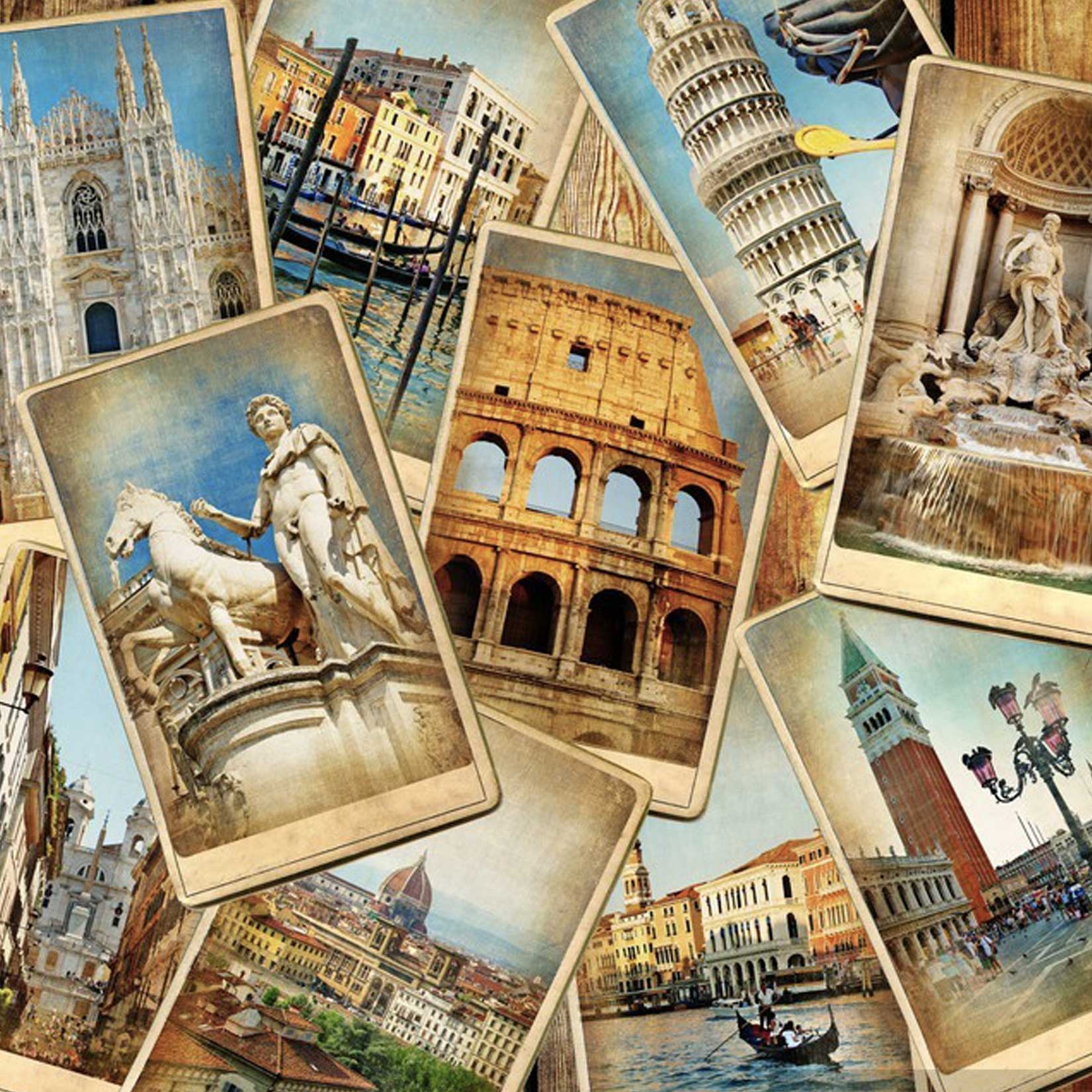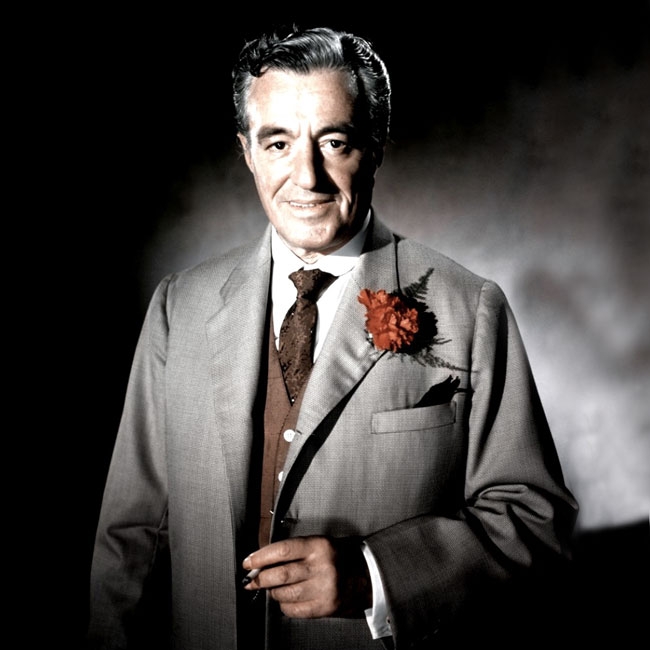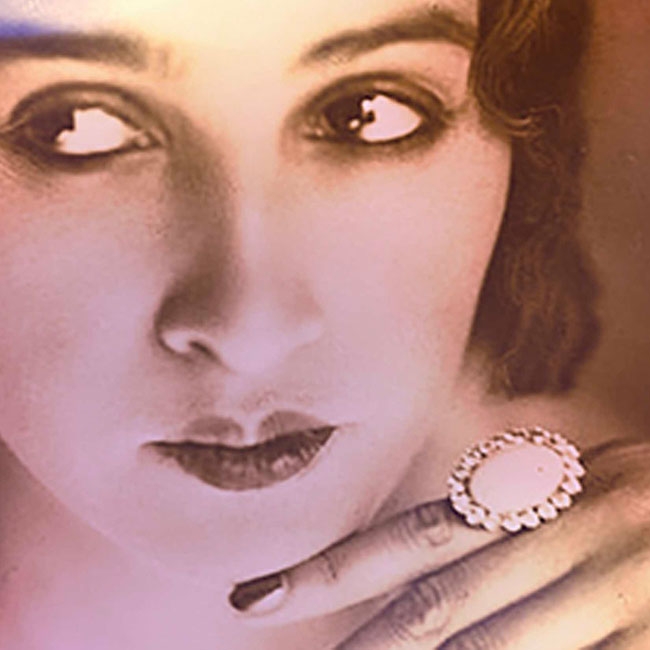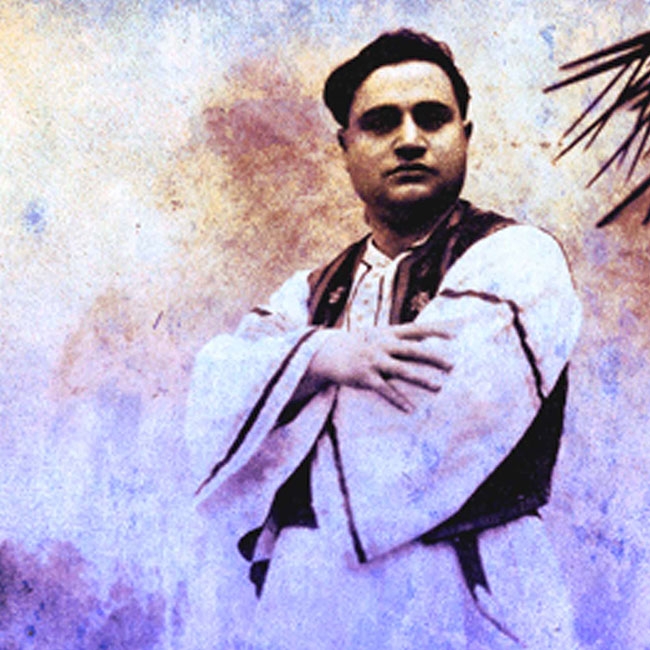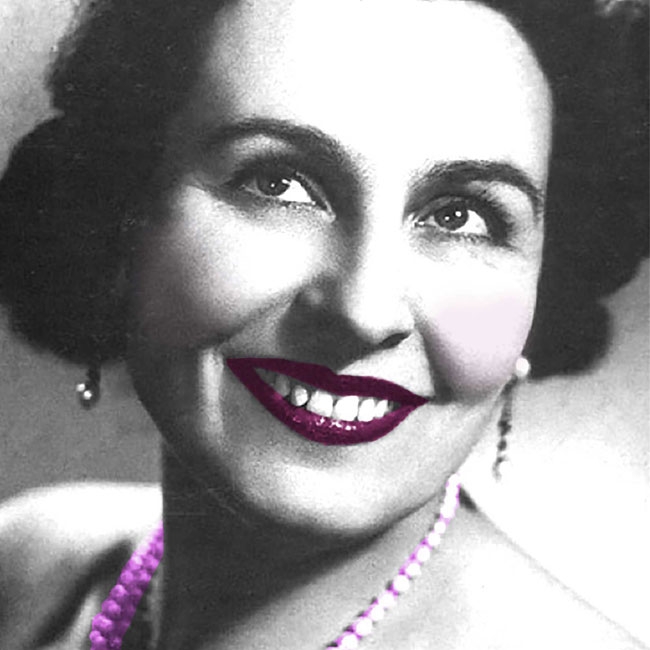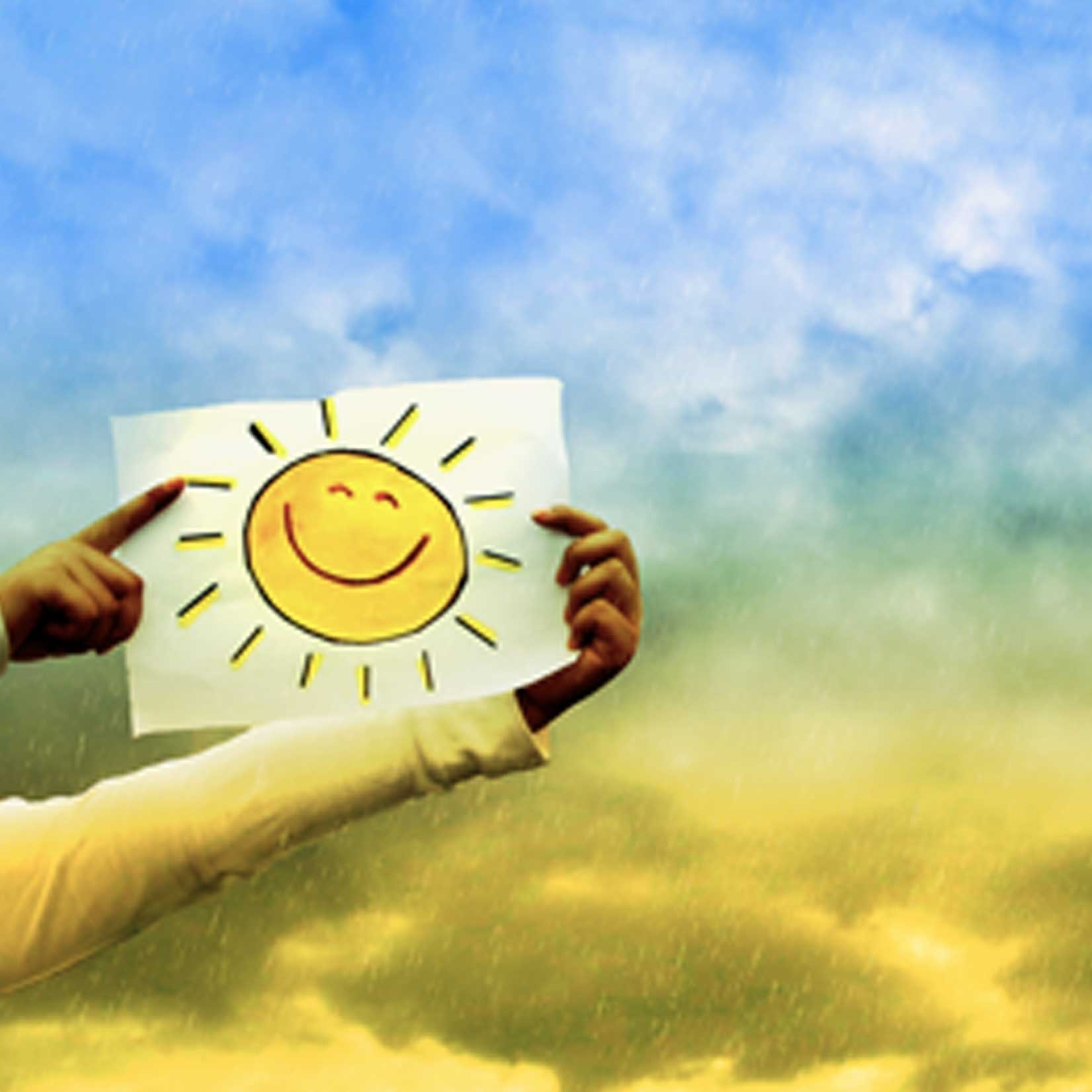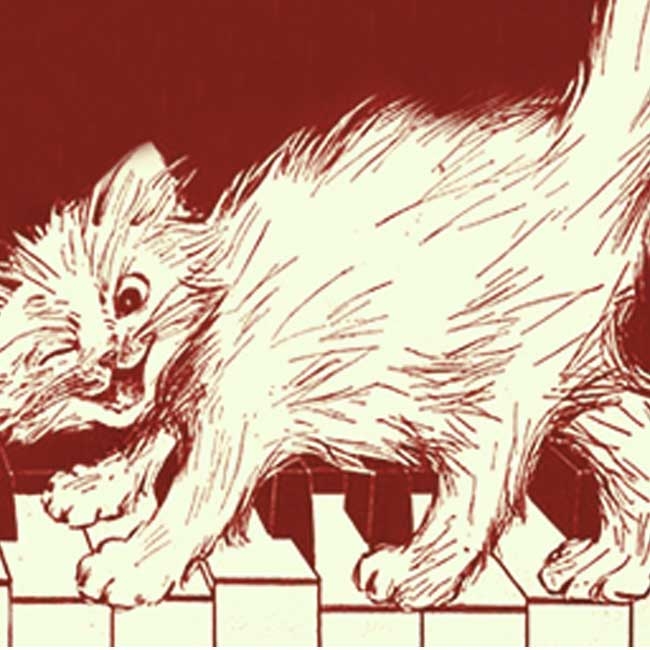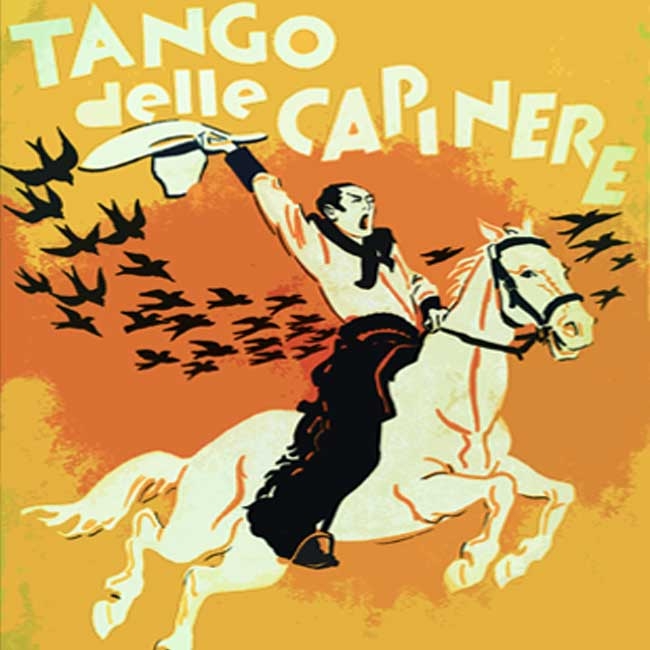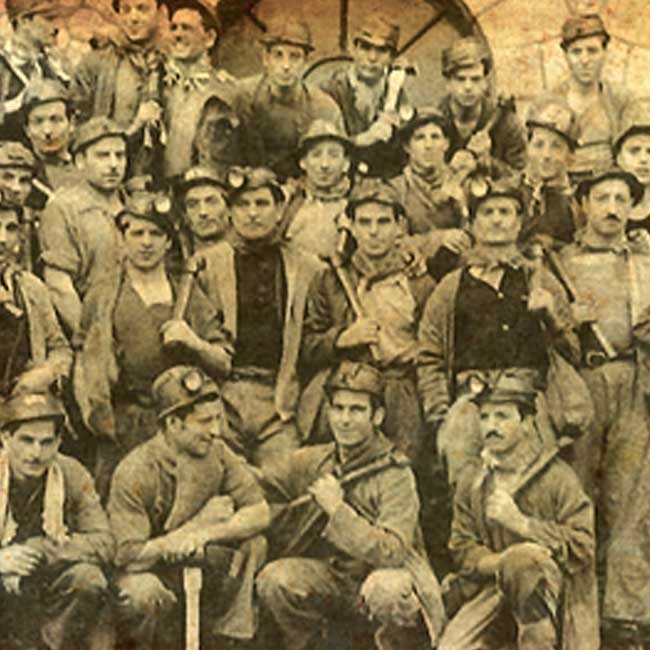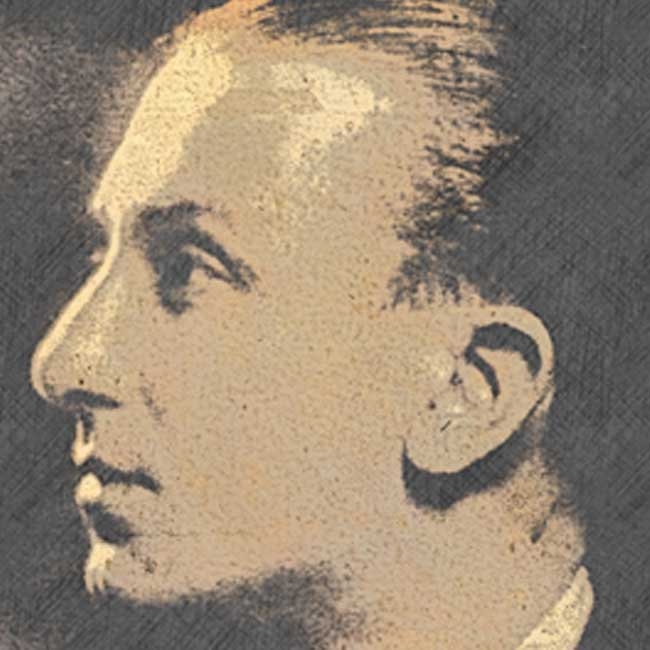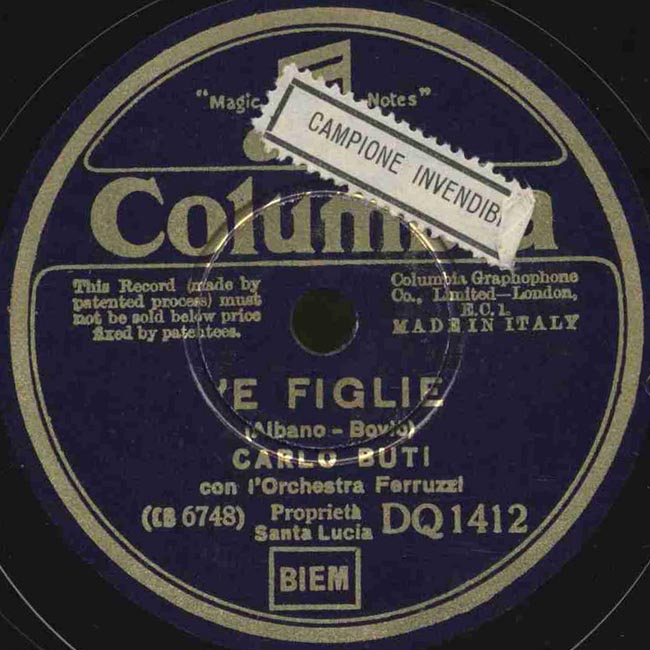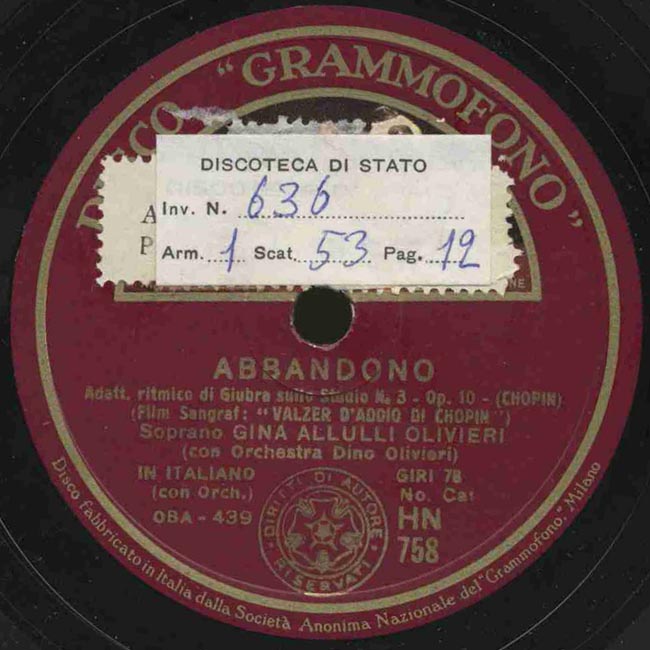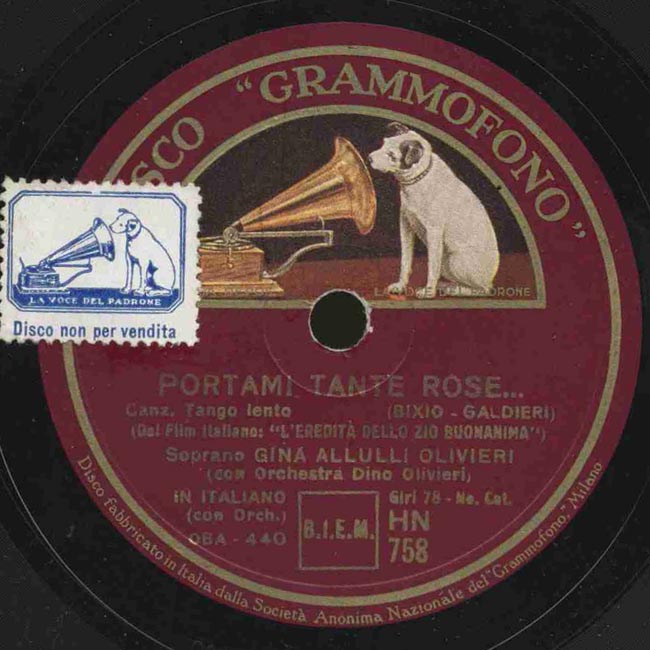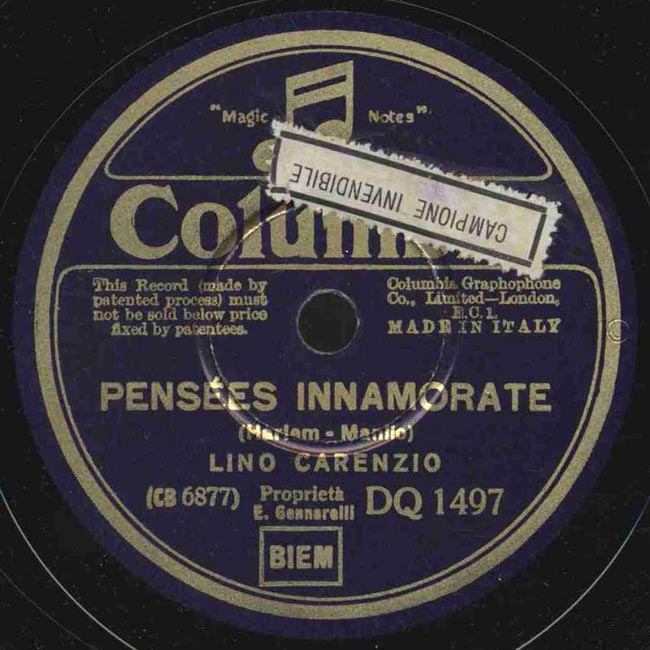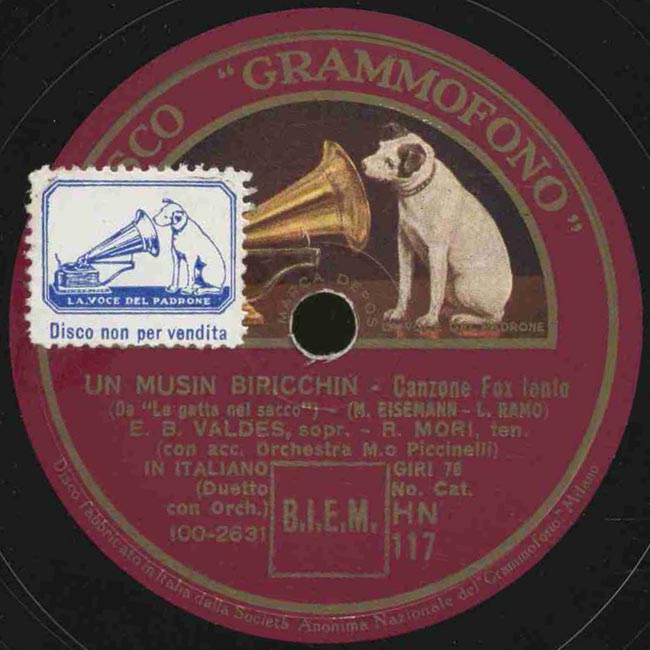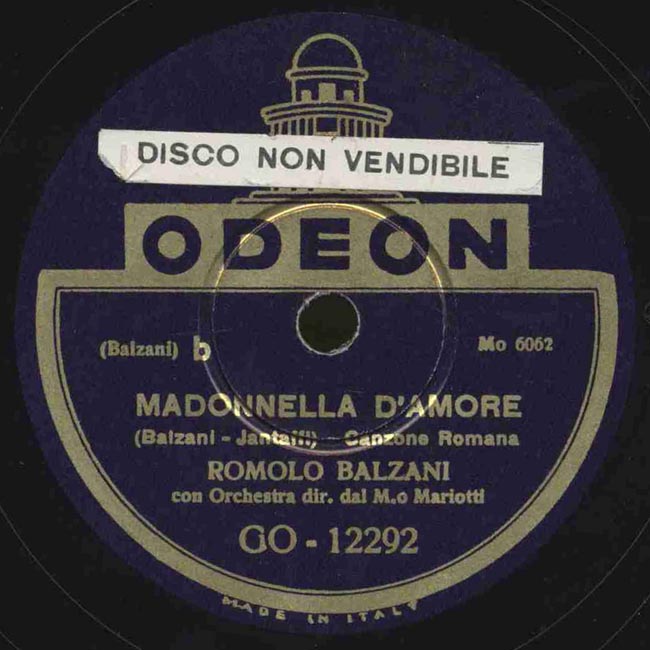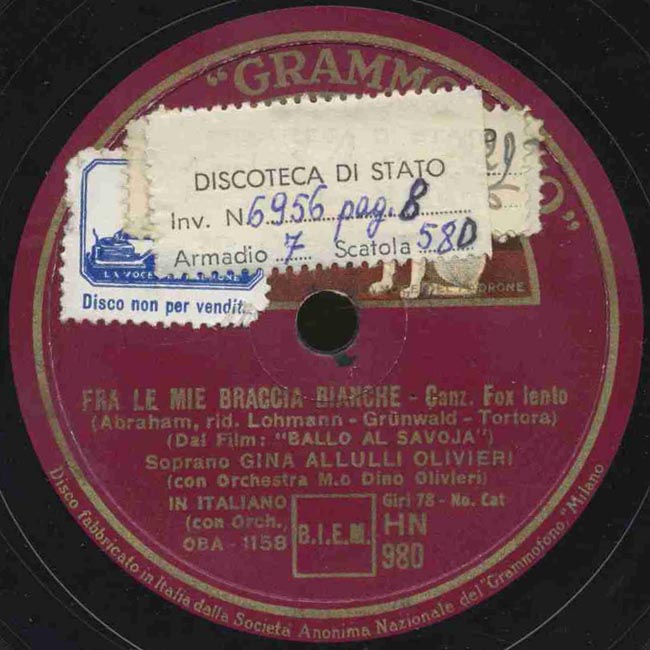SONGS AND DITTIES
This section is reserved in particular to songs written and marketed for the purpose of entertaining, creating a moment of escape, encouraging dreams about the future, and much more. It is the largest section of the archive, and although it partly overlaps with other sections it does not contain music clearly connected with dance, propaganda, patriotic rhetoric and war themes. It is also separate from the two regional sections (Dialect and Folklore; Naples Sings) in that it privileges the national language repertory. The term “ditties”, alongside that of “songs” means that in the first half of the twentieth century these products of the entertainment industry in its infancy were considered ‘minor’ for the function they held. Songs acted as pastimes, as they were able to provide a fleeting distraction without having or being willing to have much of an impact on reality. Such was not, in fact, their purpose, nor at least until the late fifties was there ever any mention of “art” or “poetry” in defining the Italian songbook, with the exception of the Neapolitan song. However, it is on this vast repertoire that the great performers and the most important authors of the first half of the century exercised their creativity, emphasizing on the one hand an indigenous tradition of singable melodies (a significant legacy of melodrama and romance); on the other, introducing foreign rhythms and sounds linked to the advance – however gradual – of globalization that was also promoted by cinema and other mass media of the time (magazines, radio, photography). Thus the first fifty years of the 1900s passed under the banner of the “sing it away” spirit, an Italian proverbial phrase that has long characterized songs and confined them to a role limited in terms of their potential but extraordinarily varied in terms of the places and situations in which songs took centre stage, marking unequivocally every moment of history: cafe-chantants, tabarin (cabarets) variety shows, avanspettacolo, revues, operettas, dance halls, radio and film.



